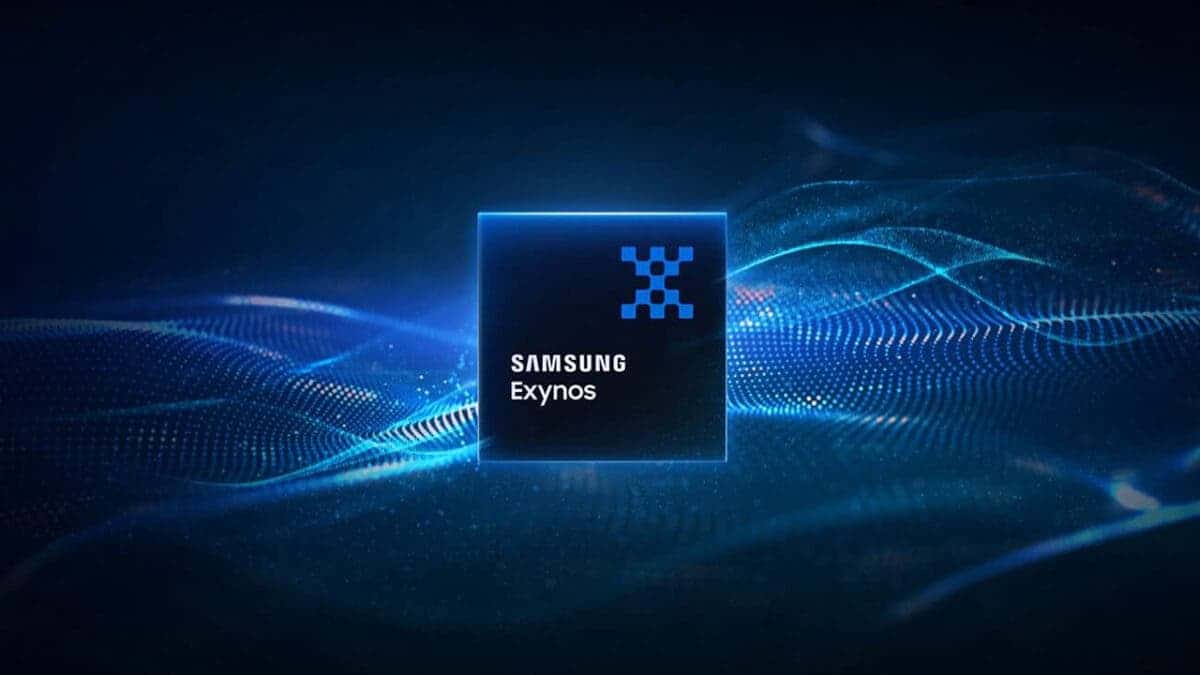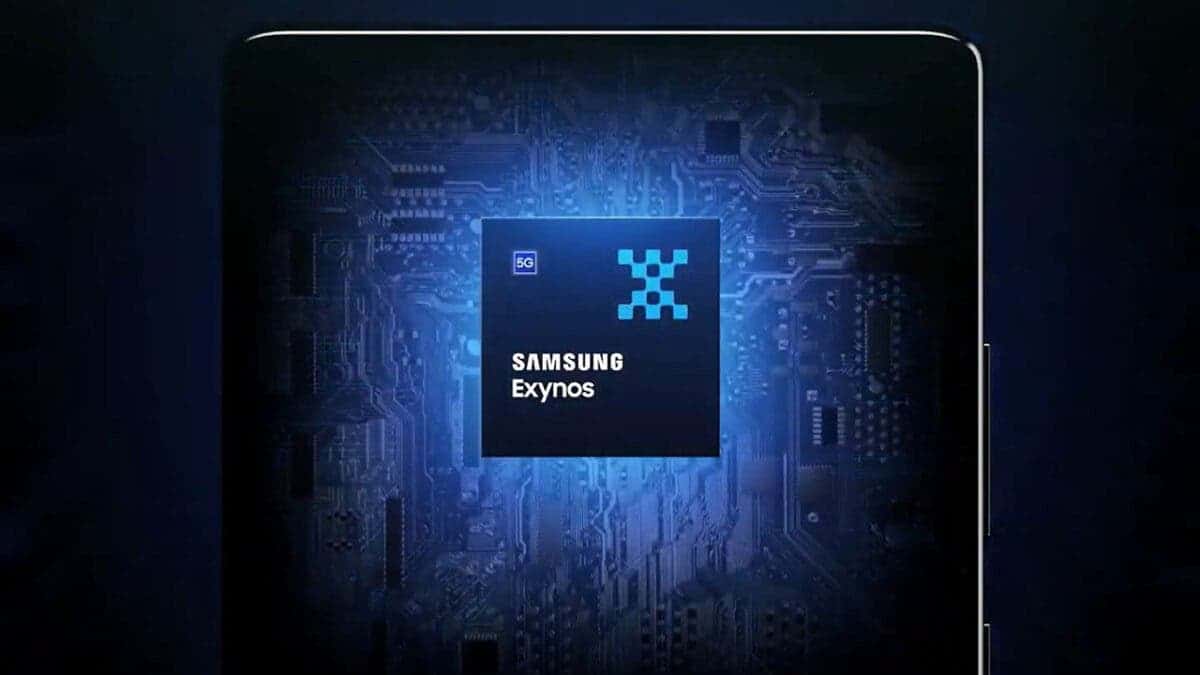
Samsung Exynos 2400 Takes the Crown By Outperforming Apple A16 Bionic and Snapdragon 8 Gen 2
The current leaks and rumors relating to the Samsung Exynos 2400 have sounded very promising. All of them talked about how properly the 10-core CPU cluster will carry out. Nonetheless, we didn’t actually get a correct glimpse of how a lot will probably be higher than the competitors. That’s, how significantly better will or not it’s when in comparison with Apple A16 and Snapdragon eight Gen 2?
Nicely, in line with the most recent rumor, the Samsung Exynos 2400 will provide an enormous efficiency enhance, particularly within the multi-core section. To be precise, the upcoming SoC is seemingly 30 p.c quicker than the Apple A16 Bionic. And as you’ll be able to guess, the lead over the Snapdragon eight Gen 2 is even greater!
Exynos 2400 Geekbench 5 Scores Leaked
So, the leak has make clear the Exynos 2400’s Geekbench 5 multi-core efficiency check outcomes. In line with the shared numbers, the upcoming Samsung chipset is shaping as much as be a correct challenger in opposition to the Snapdragon eight Gen three and Apple A17.
From the tweet shared by @OreXda, the single-core and multi-core Geekbench 5 rating of the SoC is 1711 and 6967, respectively. As well as, he shared the common single-core and multi-score, which was 1530 and 6210.
Earlier than you get to carefully examine it with the scores of the Snapdragon eight Gen 2 and Apple A16, you want to take a look at its leap in opposition to the predecessor. The one-core and multi-core efficiency scores of Exynos 2200 had been 1109 and 3534.
In different phrases, Samsung made an enormous leap within the multi-core efficiency of the Exynos 2400. Even the bounce by way of the single-core efficiency is noteworthy too!
Samsung Exynos 2400 Emerges as a New Chief
So, the upcoming Samsung SoC is 31 p.c quicker than the Snapdragon eight Gen 2 that’s presently in top-of-the-line flagships. The Exynos 2400 can be surprisingly quicker than the Apple A16 Bionic. Nonetheless, there’s a catch, which you may need already caught after seeing the numbers.
The Exynos 2400 didn’t beat the Apple A16 Bionic by way of single-core efficiency. In Geekbench 5, the iPhone 14 Professional Max scores 1871 within the single-core check, whereas it obtains 5344 within the multi-core check. On the subject of single-core efficiency, the Samsung SoC had 1711 in its finest type.
Nonetheless, the distinction is just not actually that important. And most significantly, the Snapdragon eight Gen 2 didn’t beat the Exynos 2400 even in its finest type. In case you didn’t know, the best single-core rating of the eight Gen 2 is 1600 on Geekbench. So, the Samsung SoC is healthier in each elements. Hopefully, the identical factor applies to the GPU.
Present Issues
Sure, the single-core and multi-core efficiency of the Exynos 2400 may be very spectacular. However there are numerous unanswered questions. Firstly, there’s no information on whether or not the SoC was examined in a business system. And if Samsung did check it in an engineering pattern, it might simply make enhancements to attain greater cores.
That brings us to the second concern, the temperature. @OreXda didn’t provide any information relating to the runtime temperature of the Exynos 2400. Samsung might have carried out the checks in a cooler setting, eliminating the probabilities of temperature throttling.
Nonetheless, current rumors did recommend that Samsung’s 4LPP+ course of noticed a better general enchancment over the past iteration of its 4nm expertise. Maintaining that in thoughts, we predict the Exynos 2400 to carry out equally to the 4nm node TSMC used to mass produce the Snapdragon eight Gen 2.
After all, as @OreXda didn’t provide any screenshots to show the authenticity of the efficiency outcomes, deal with this information with a pinch of salt. Hopefully, early teasers of the Galaxy S24 sequence will provide extra strong information in regards to the SoC.

